House to Housing 401
UCLA - Architecture and Urban Design - M.Arch 1st year - Spring 2022
Los Angeles has served as a storied context for the single-family home as both a site of architectural invention and cultural desire and as an instrument of wealth creation. These dual narratives persist today despite economic realities that make both stories far less suitable to their intended audiences. This studio will unpack these dual narratives in order to survey their histories and understand their widespread effects. The impact of these LA histories mirrors those of the US housing market more broadly. In turn, these social, political, economic and environmental effects have severely limited housing supply, affordability and sustainability, and have shifted the site of the architectural problem from house to housing. It is this shift that the studio will engage as a set of spatial, organizational and social potentials for design to interrogate.


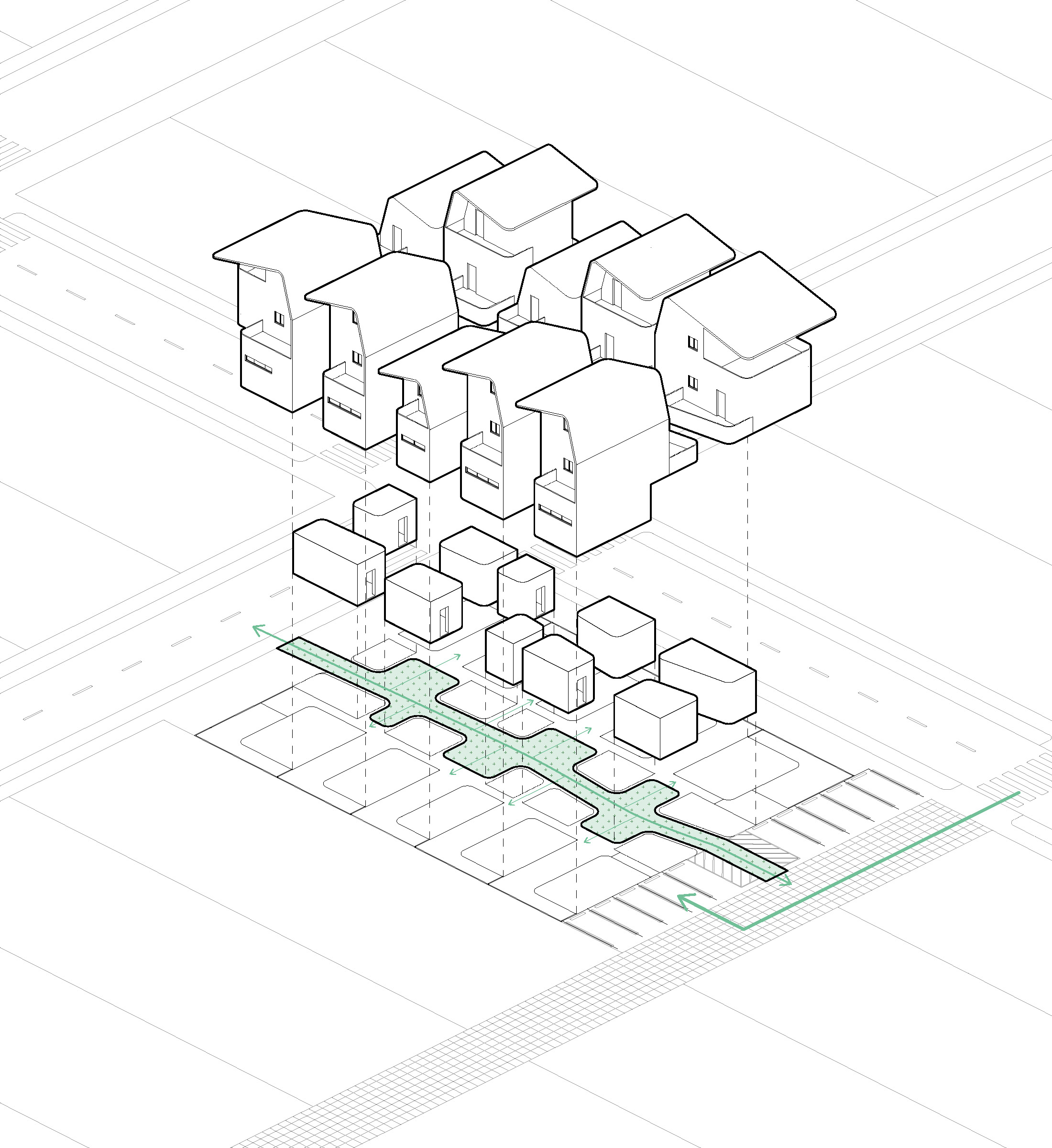
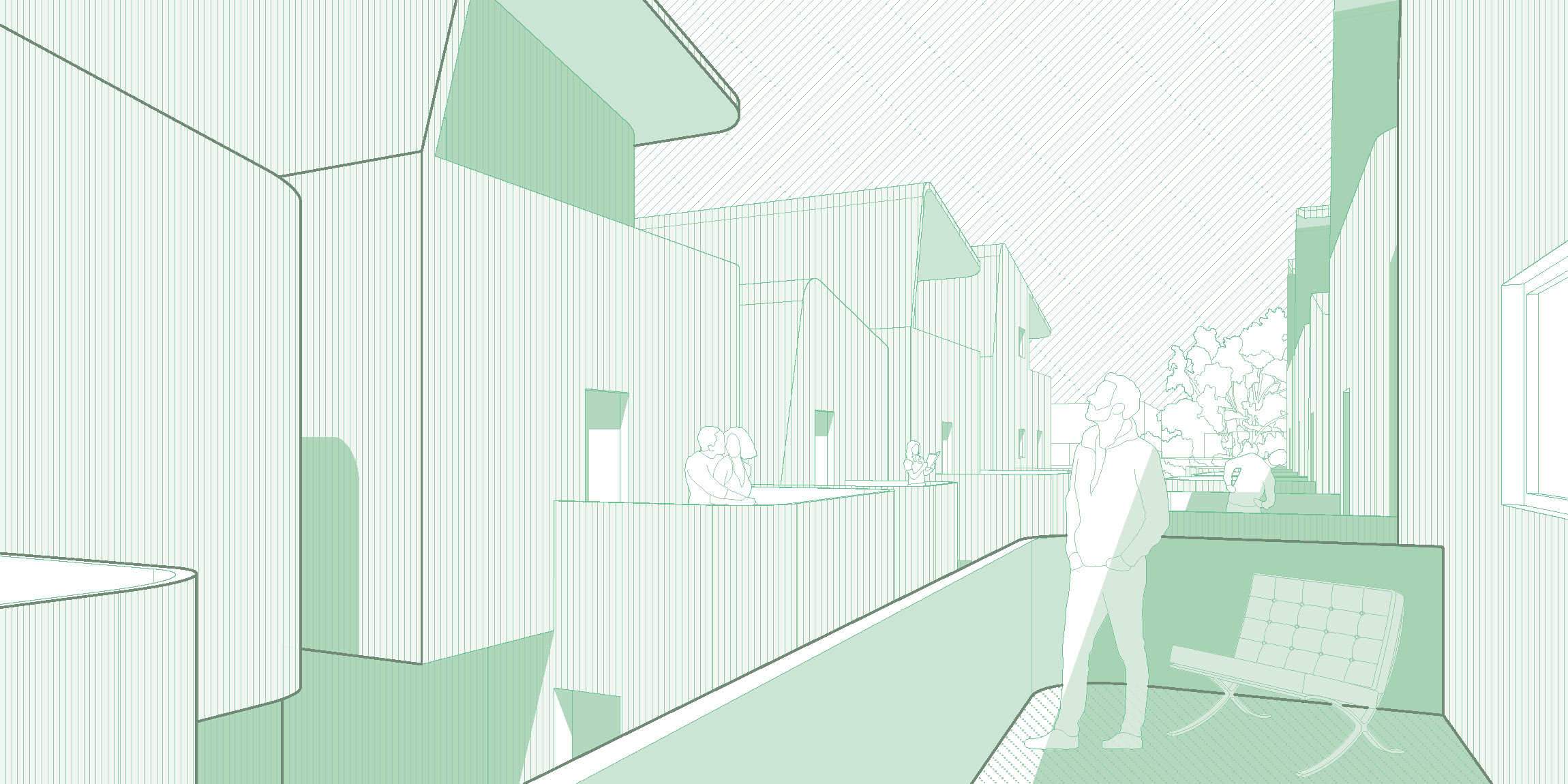


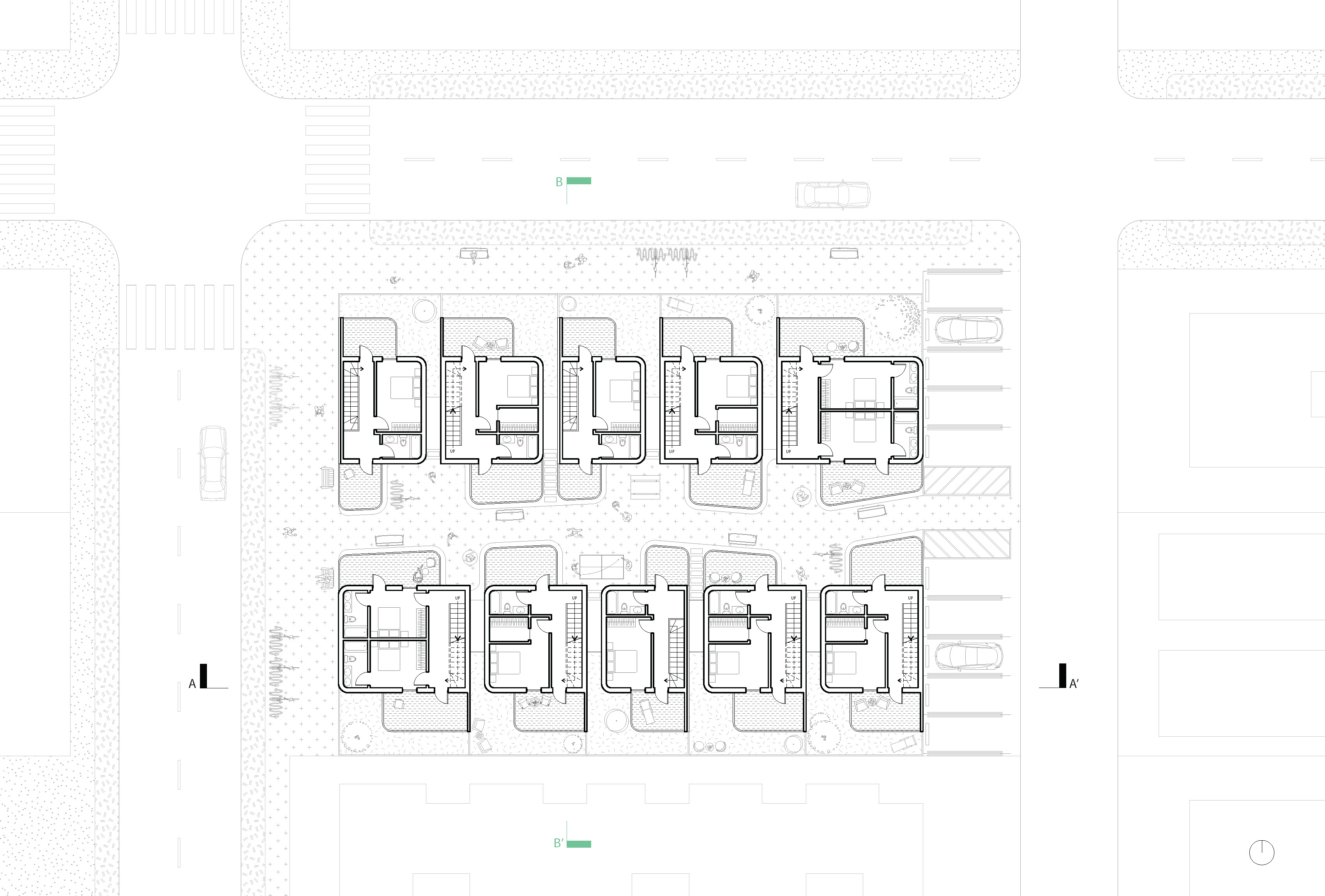


The value of homeownership has underpinned not only the American economy, but the very image of American life for much of the past century. Homeownership provided a foothold on the economic ladder, stability in community life, and the fantasy of manifest destiny at the heart of the “American dream”. However, with the collapse of the housing market and the transformation of the economy over the past decade, the housing dream—which masked the many exclusions it had been built upon—has been revealed as such. The barrier to entry into the housing market has become impossible for most and is especially steep in Los Angeles where home prices have skyrocketed and fueled waves of gentrification and displacement, further eroding the economic prospects of Angelenos and social and cultural fabric of the city.
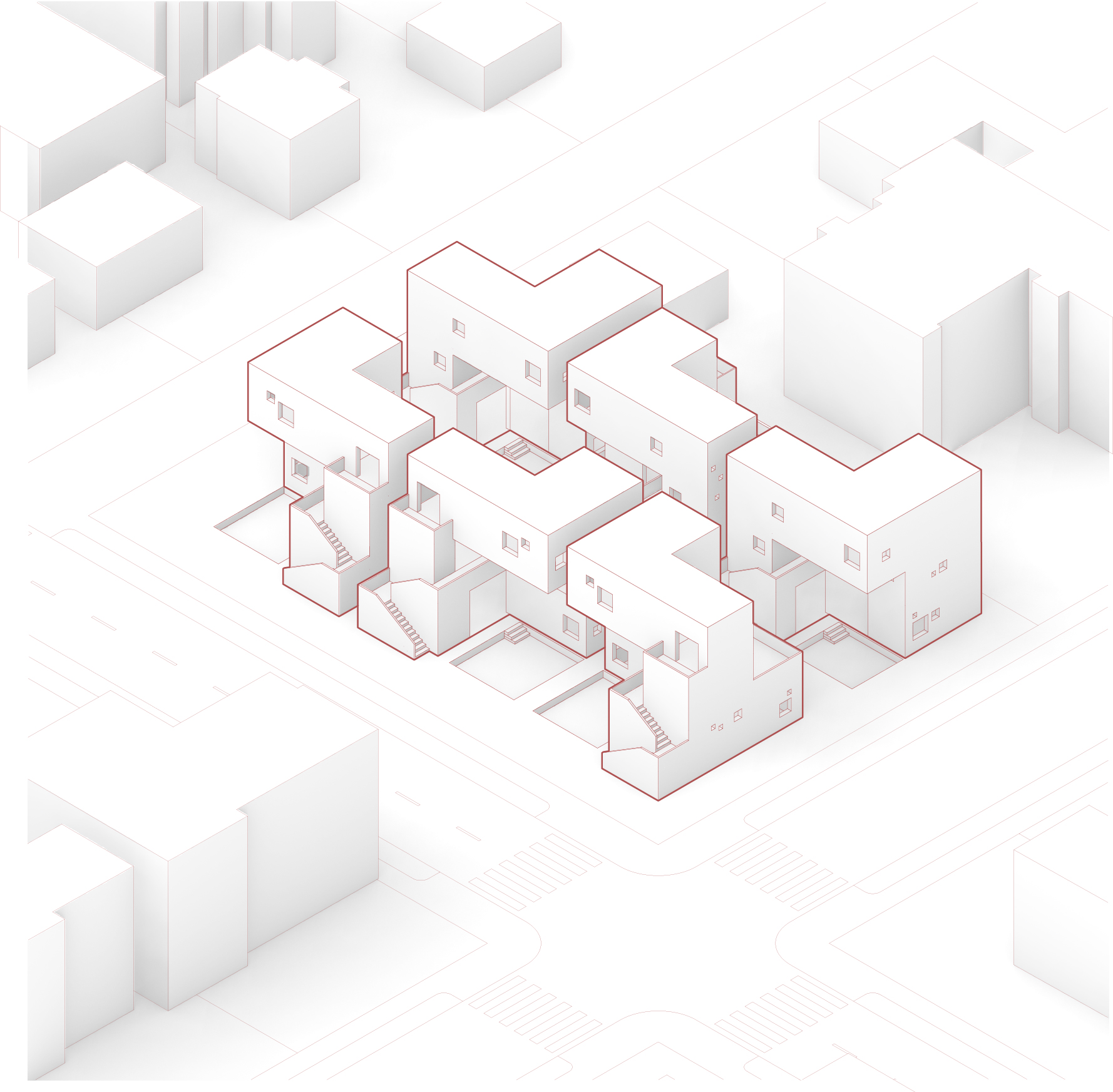



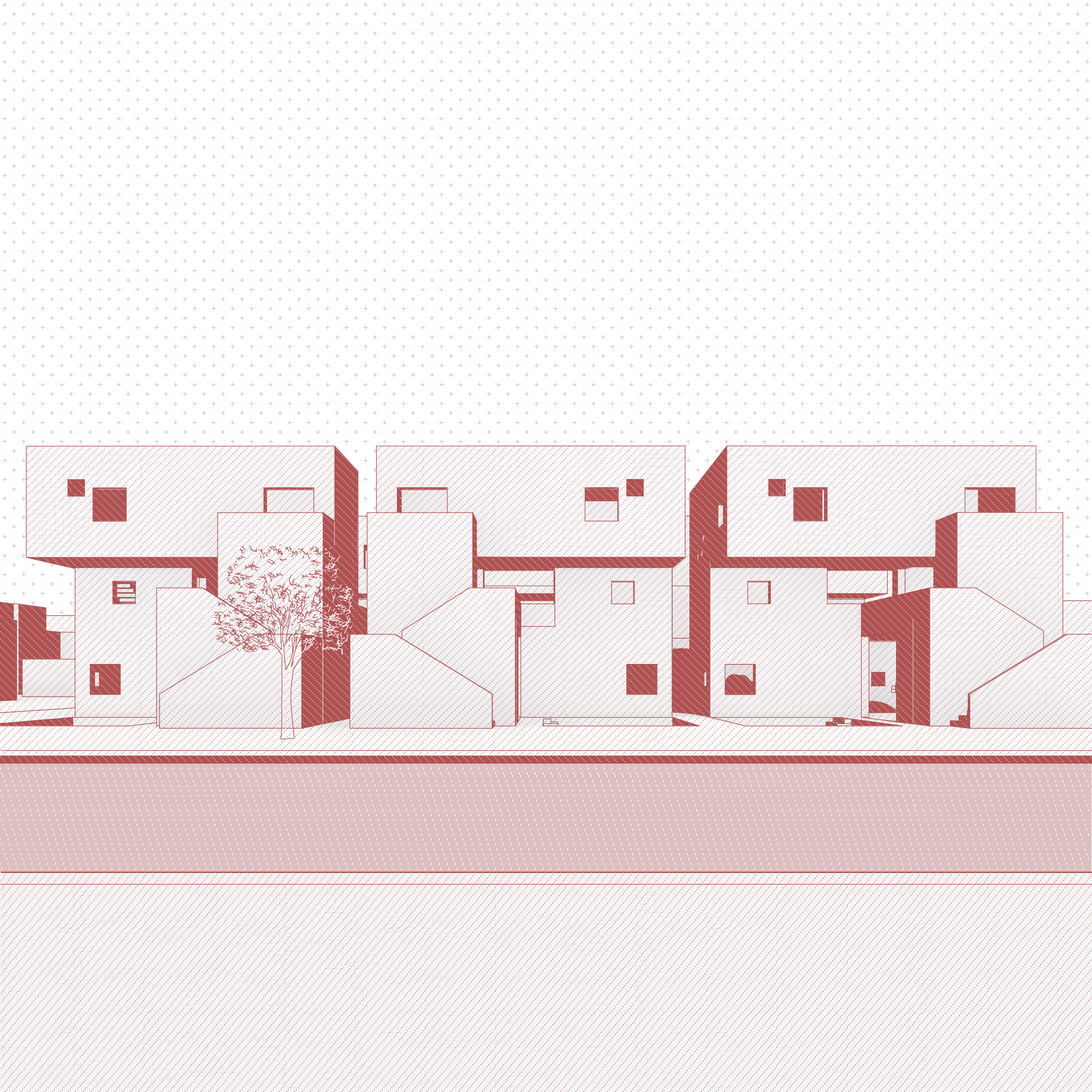


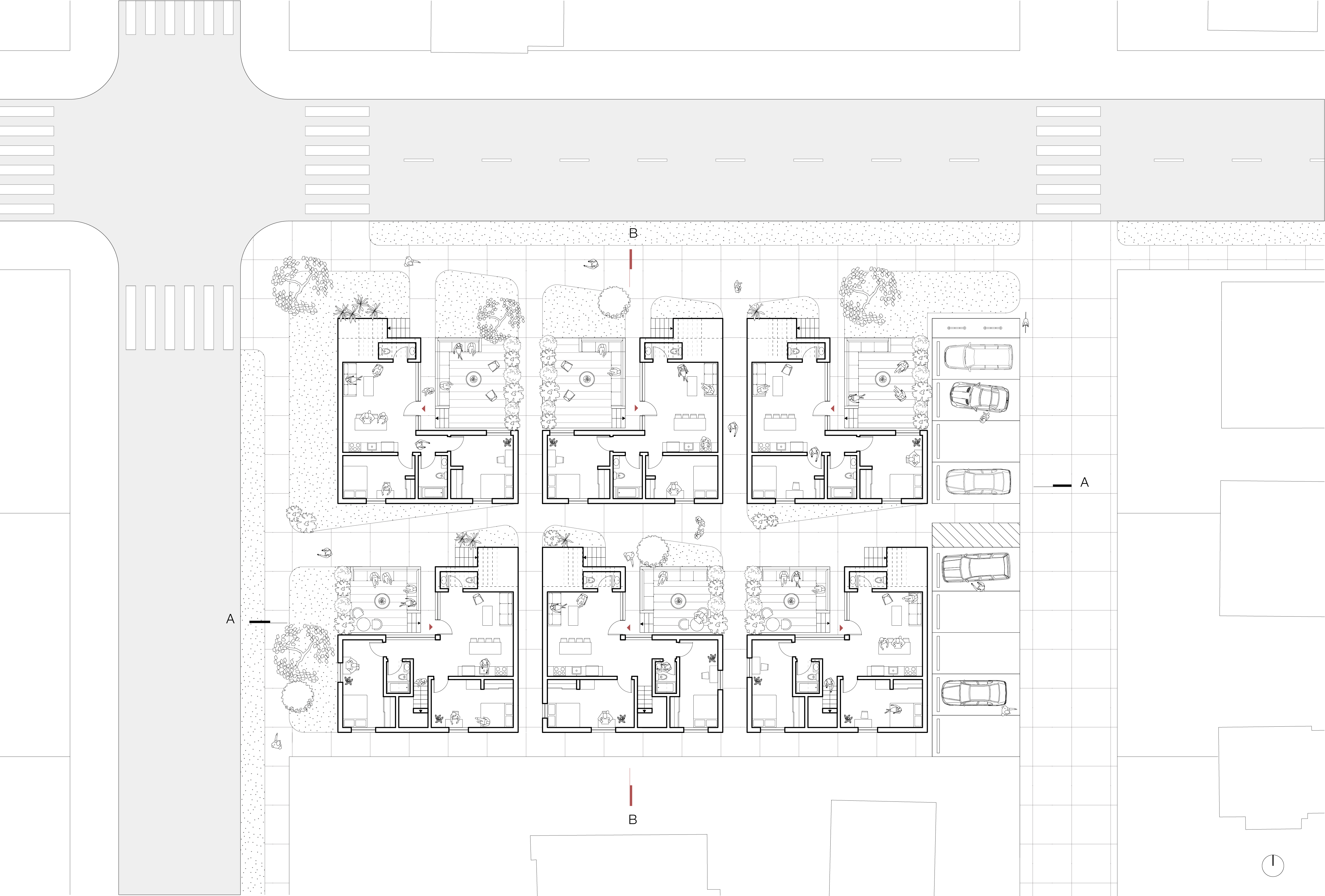

While the promise of homeownership is inextricably linked to the image of life in Southern California, more than 75% of Angelenos rent housing, at a cost far exceeding the recommended 30% of household income. Because 80% of Los Angeles’s residential land is restricted to single family occupancy, the city, and the state, recognize zoning restrictions as a significant obstacle to housing supply and affordability. State and local officials are adopting new policies to address affordability and to reduce further exurban spawl and its associated deleterious impacts on transportation, air quality and carbon emissions. The recent adoption of two state laws allows by right development of up to four units on parcels currently zoned for single family use. Despite these aggressive steps to encourage private development of housing supply, the economics of housing production and deep-seated notions of individualism, private property and lifestyle all conspire to keep housing production at low levels. The average cost of a single-family home in California now exceeds $800,000. Low-income housing units are hardly more affordable, averaging over $500,000 per unit. Given that these costs include the high costs of land especially around urban centers, shifting from house to housing engages density as one vector toward greater affordability.



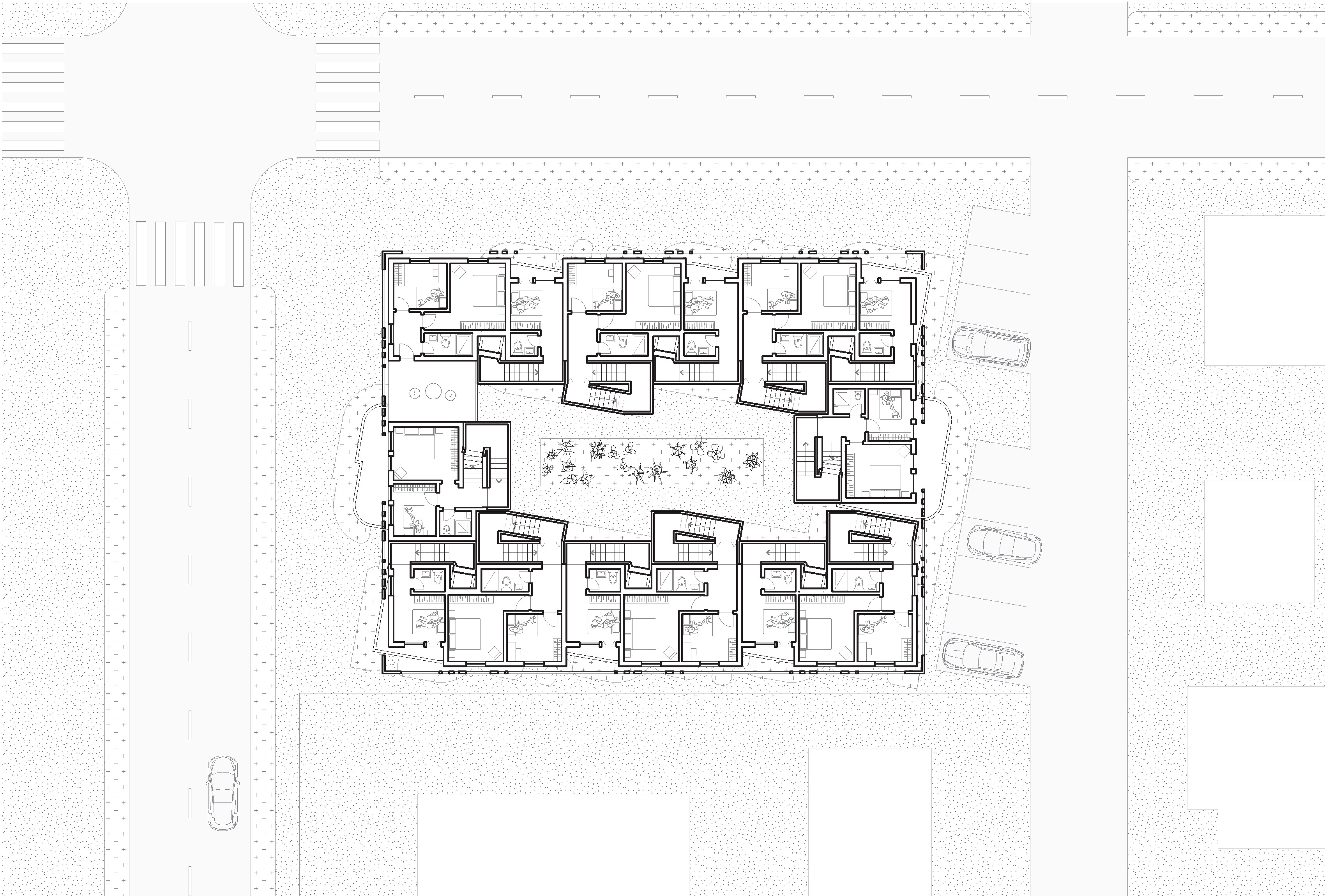
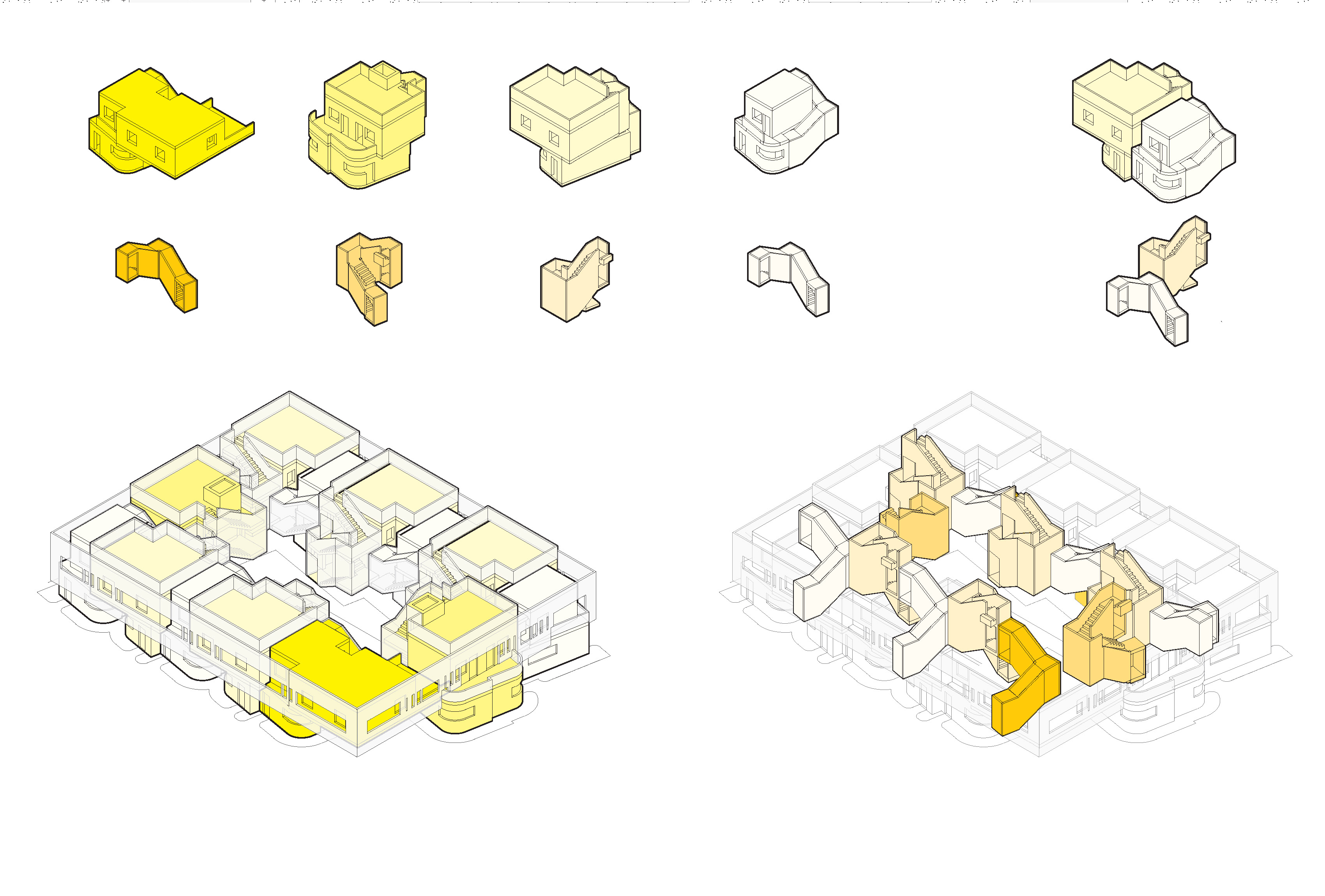














Students work by UCLA - Architecture and Urban Design - M.Arch 1st year - Spring 2023